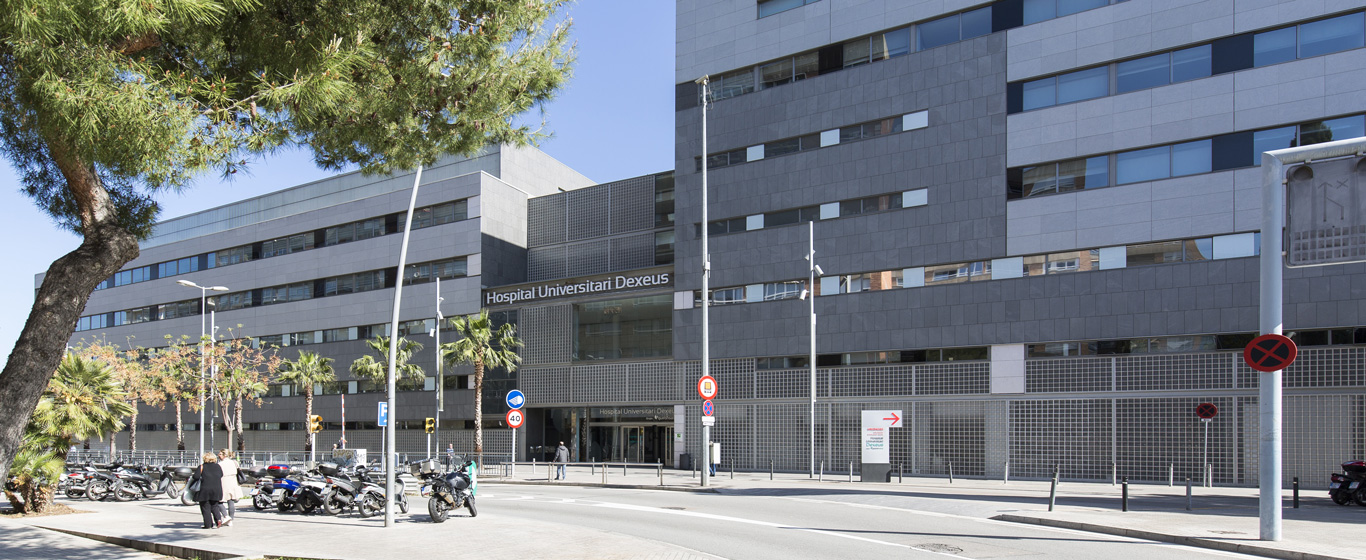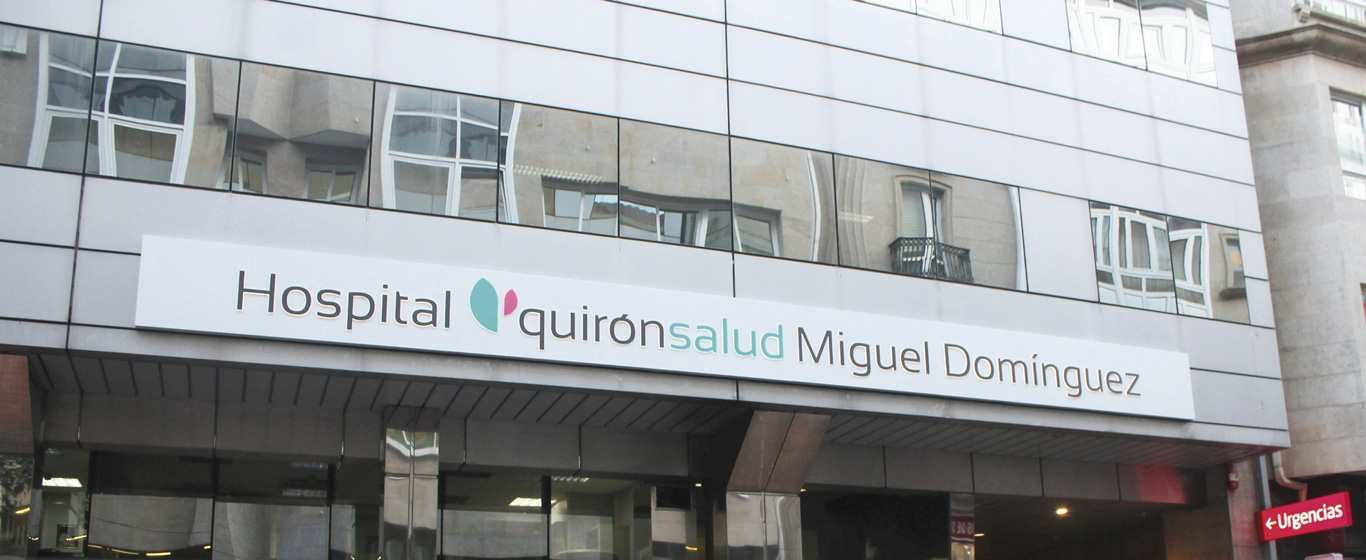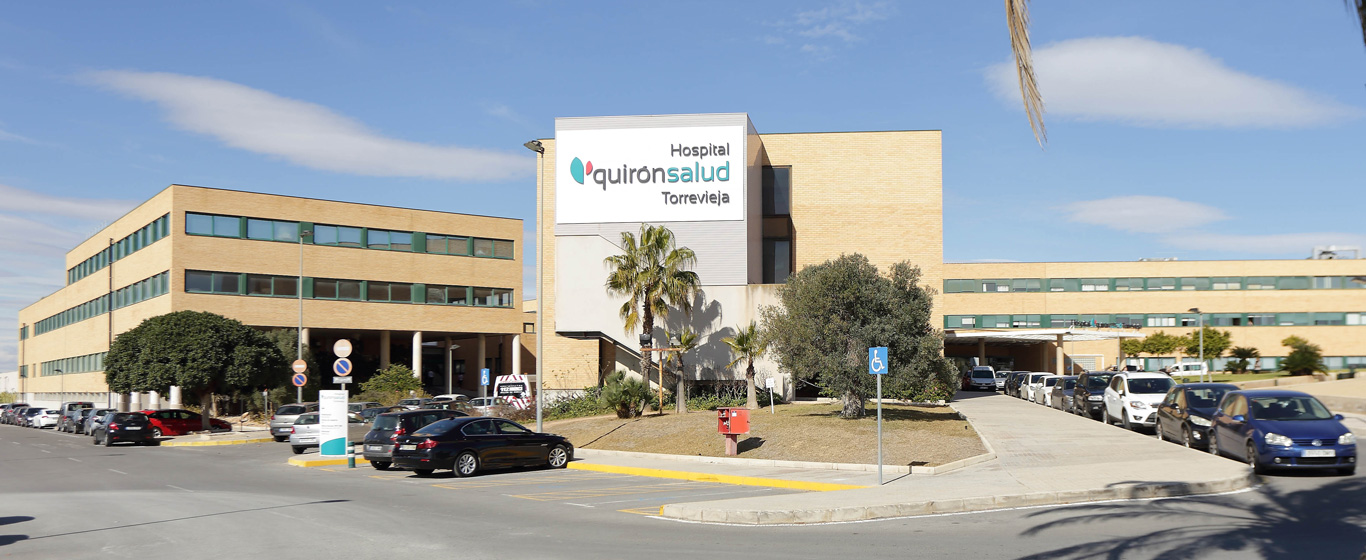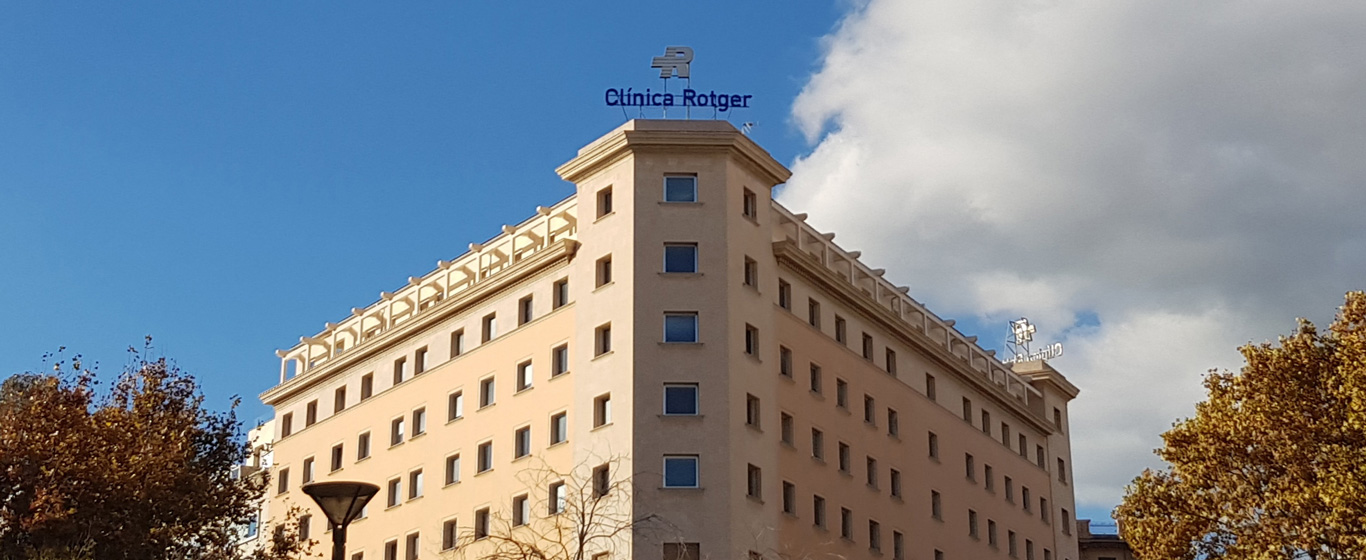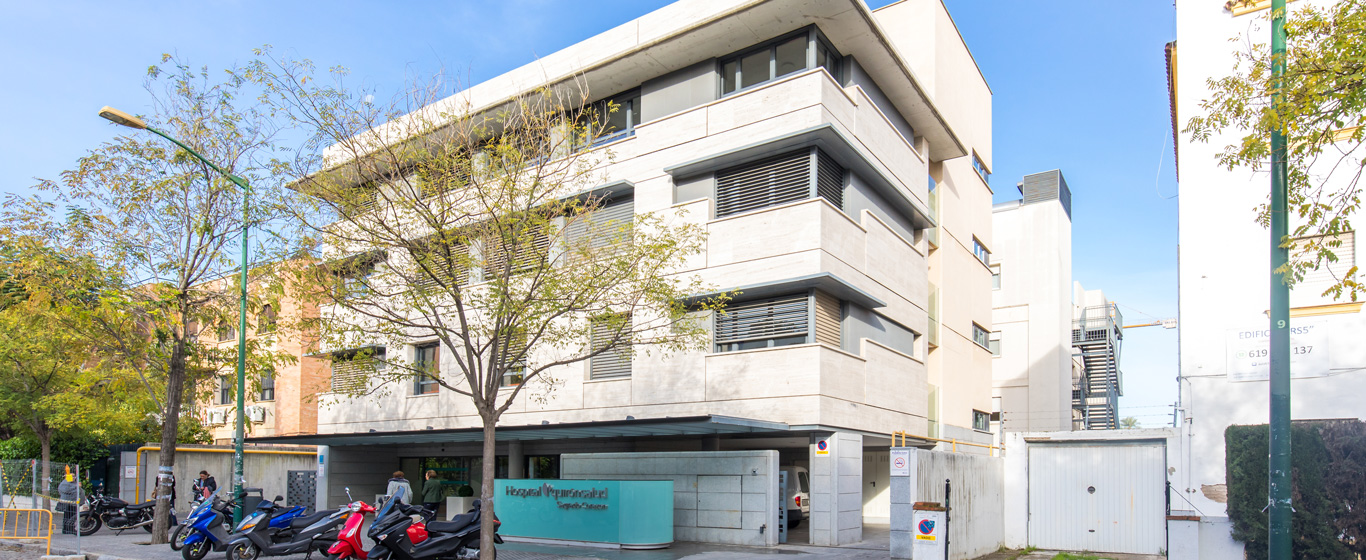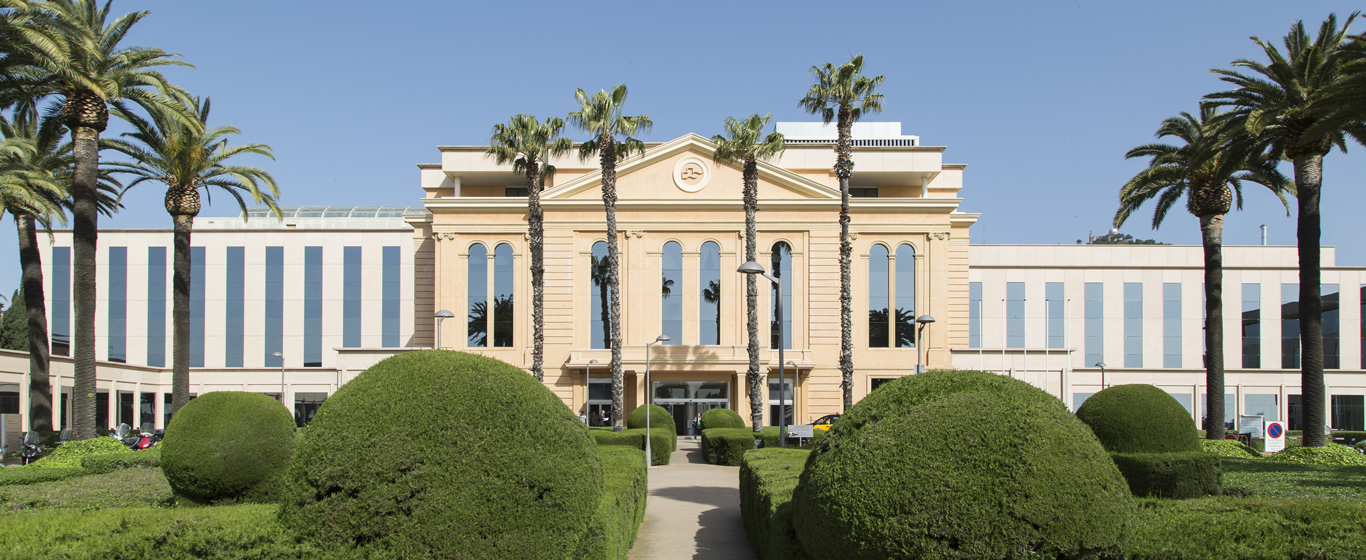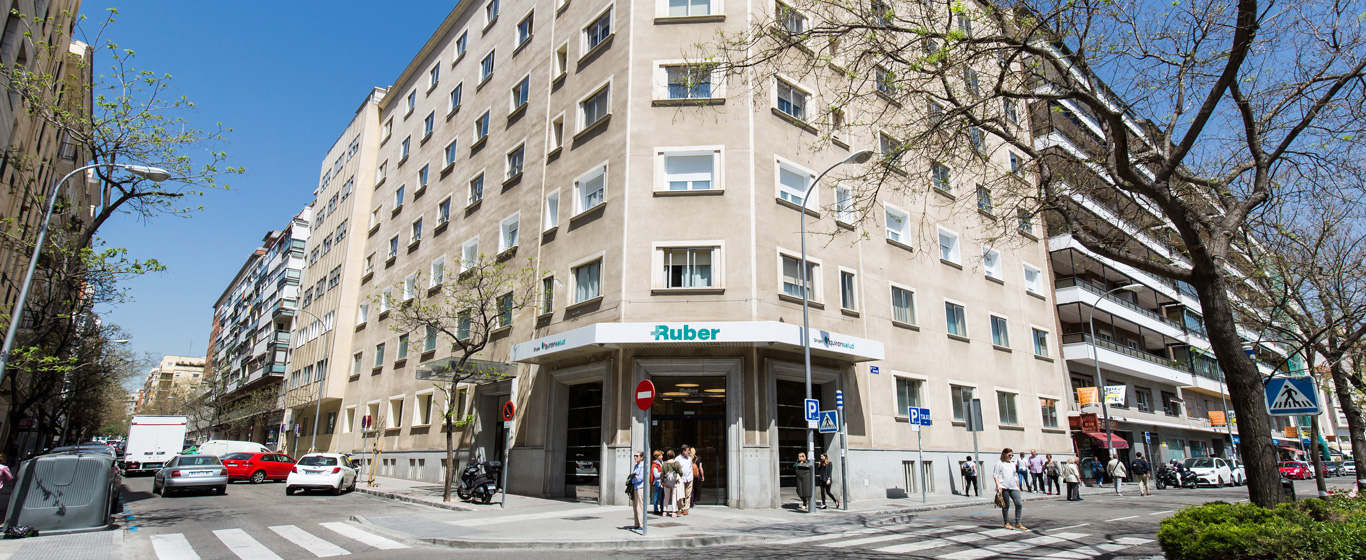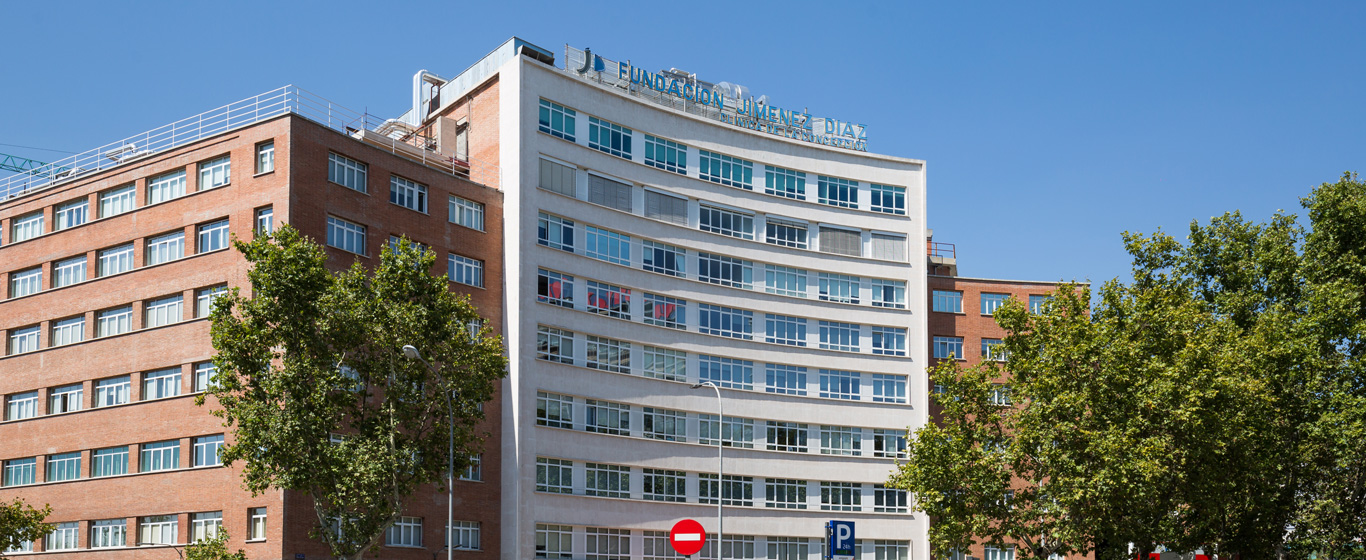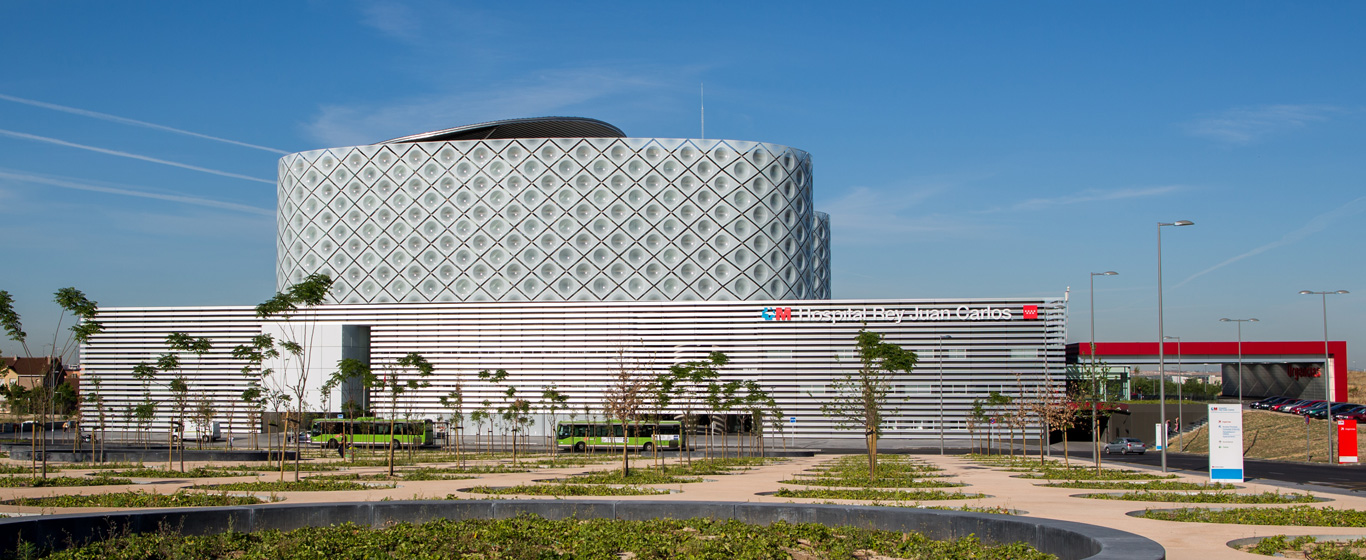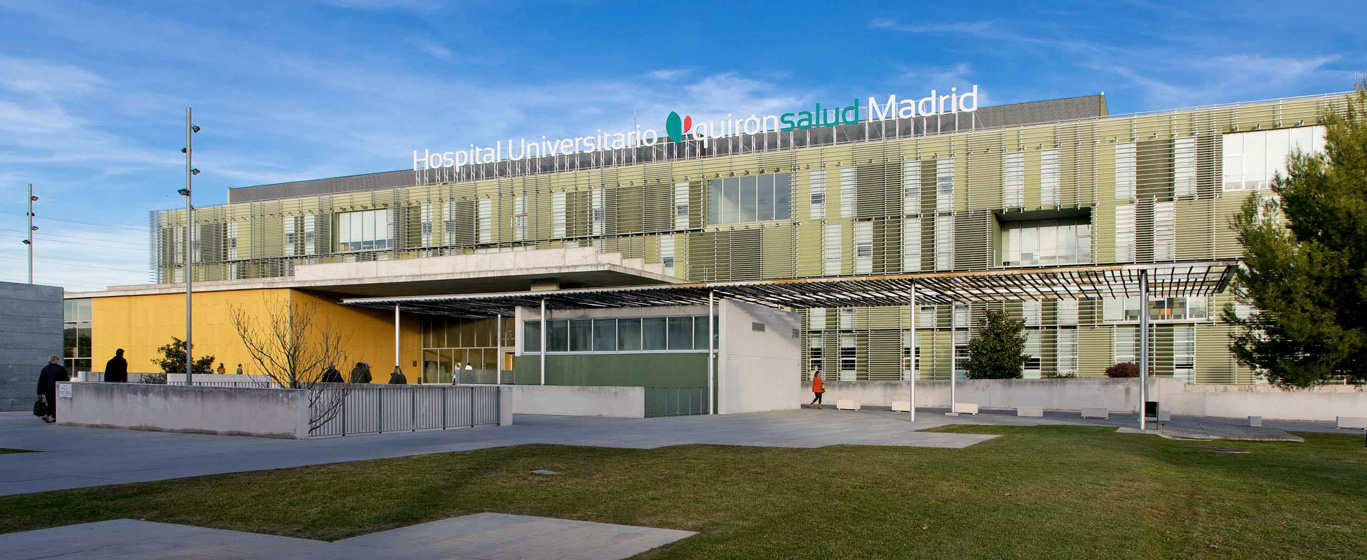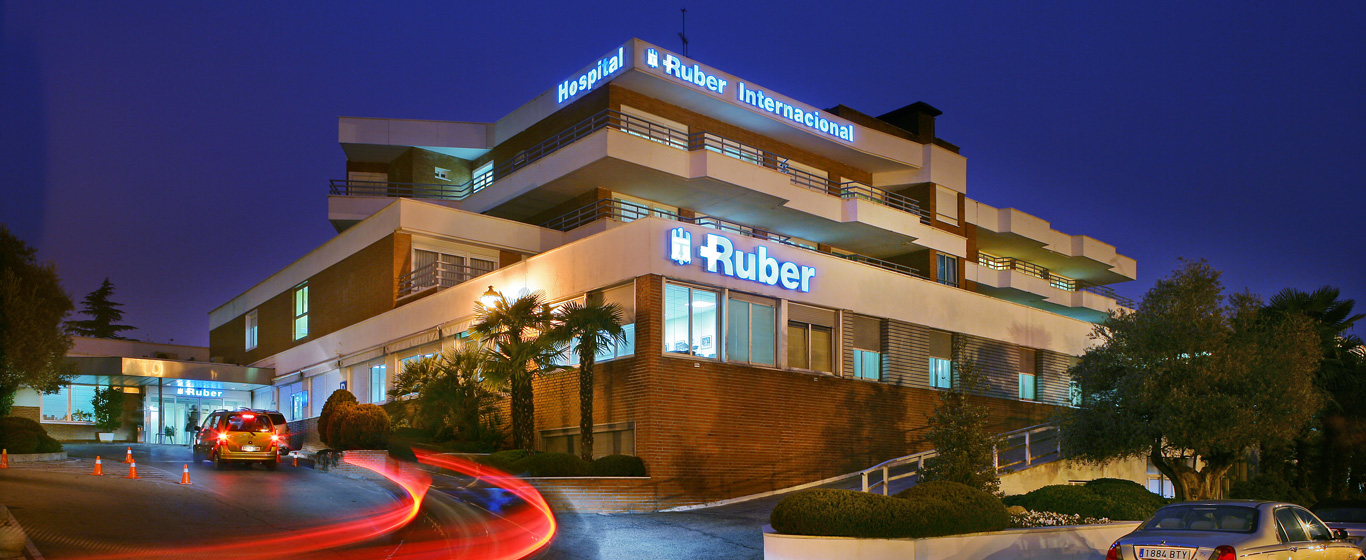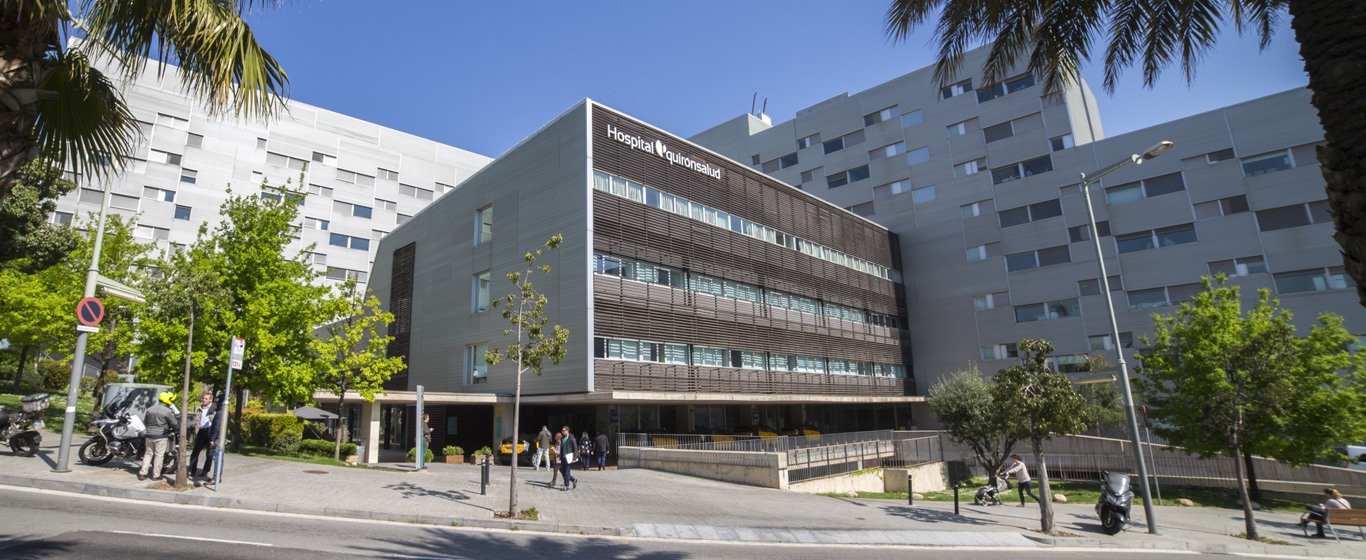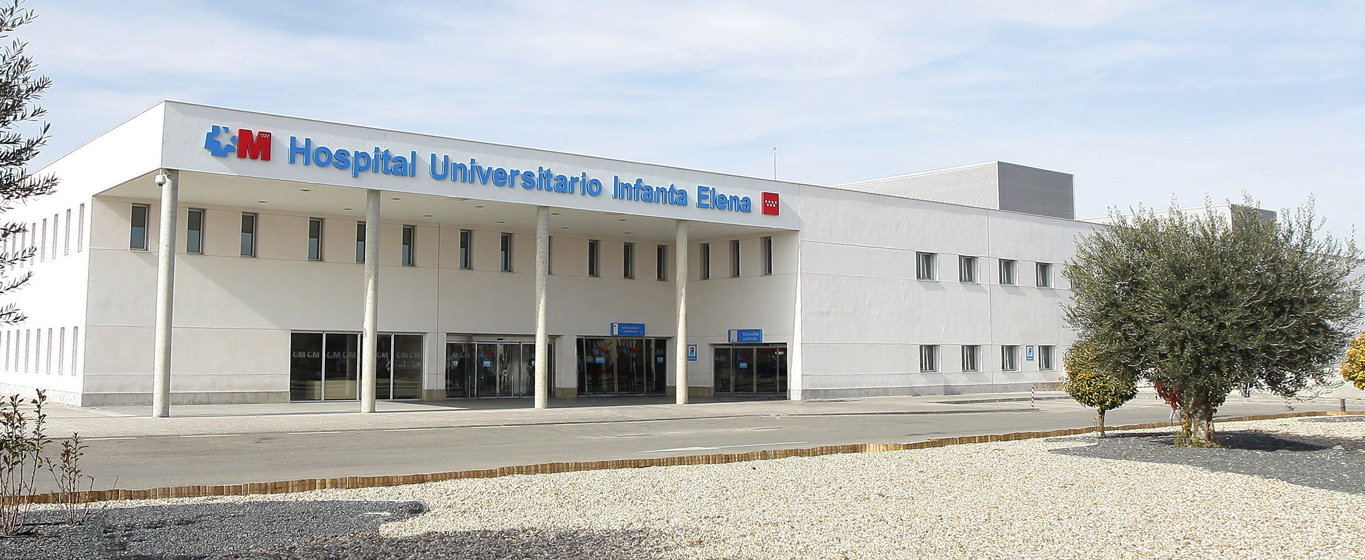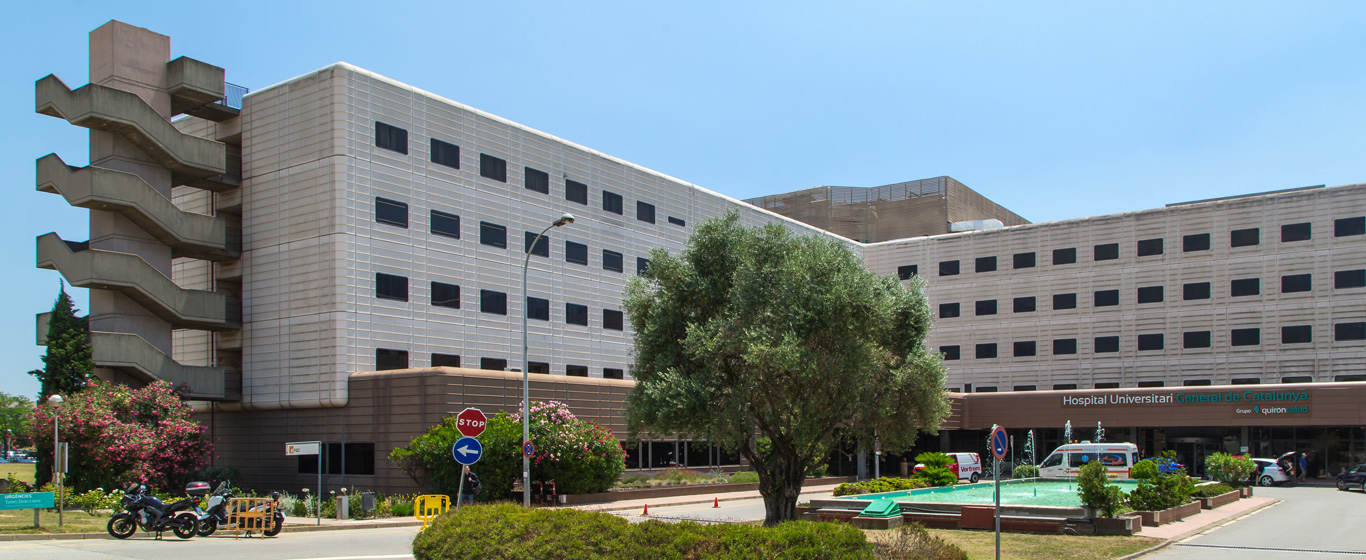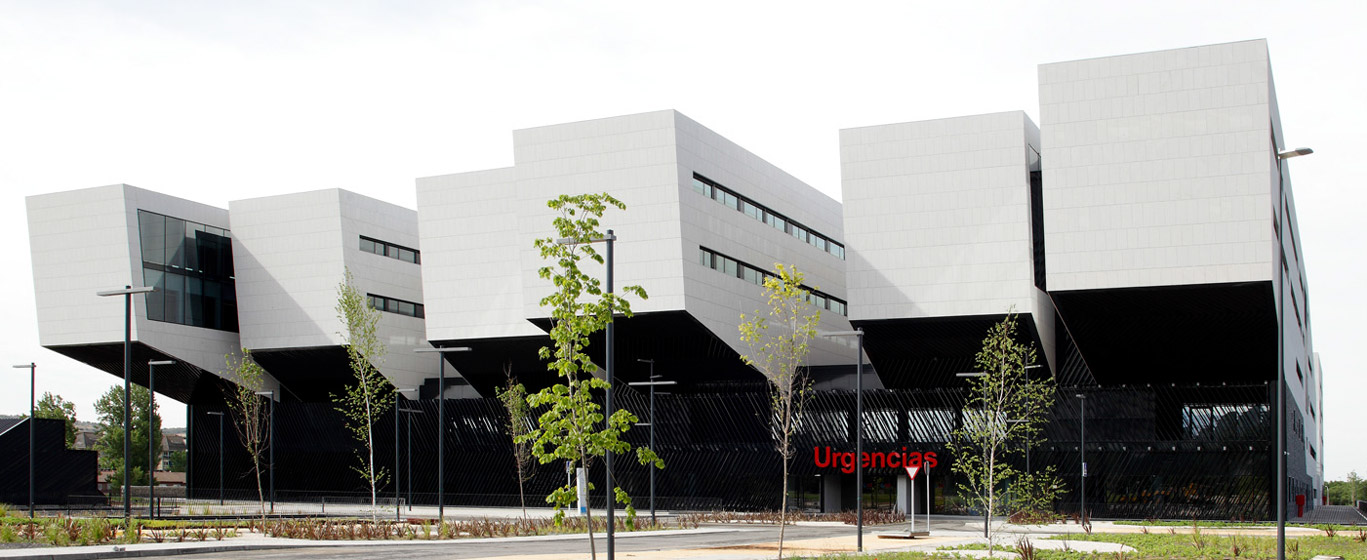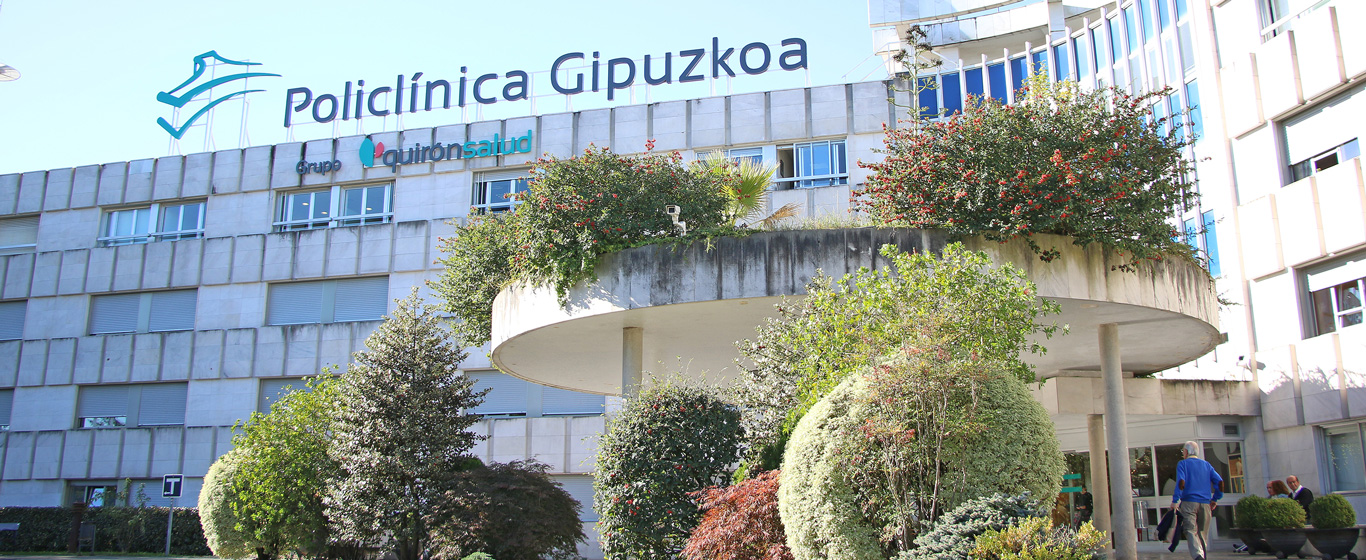Da Vinci Robotic Surgery
The Da Vinci surgical robot enables procedures that replicate the surgeon’s movements with greater range in a minimally invasive manner. This type of robotic surgery offers high precision in delicate tasks.

Da Vinci is the most advanced surgical robot currently available. Designed by NASA (National Aeronautics and Space Administration) engineers, this system transforms the surgeon's movements into signals that control the robot’s arms. Since it is a compact technological instrument, it enhances the range of movement and precision by reducing the natural tremors of the human hand. Additionally, it provides a clear, three-dimensional view.
The Da Vinci robot consists of the following components:
- Surgical Console: The place from which the surgeon performs the surgery using foot pedals, manipulators, and a 3D endoscope. Its design replicates the position of the eyes and hands in open surgery to facilitate coordination. It is located in the operating room but outside the sterile area.
- Patient Cart: It consists of four movable arms that execute the surgeon’s instructions. These arms can hold medical instruments ranging from 8 to 12 millimeters and can be positioned optimally for each procedure. It is placed in the sterile area and is assisted by surgical nursing staff.
- Vision Cart: It has a touchscreen monitor that displays images with optical magnification of up to twelve times.
How Does It Work?
With this technology, the surgeon does not operate on the patient directly with their hands but instead controls the Da Vinci robot remotely. The specialist remains seated at the surgical console throughout the procedure. This allows for greater comfort and increased concentration while observing images and making decisions.
Using the foot pedals and manipulators (the surgeon uses both feet and hands to control Da Vinci’s four arms), electrical signals are transmitted to the surgical system, which then reproduces the specialist’s movements.
What Are the Benefits of Da Vinci Robotic Surgery?
Da Vinci robotic surgery offers numerous advantages for both patients and surgeons. Some of the most significant include:
- High Precision:
- The arm design extends the range of motion beyond that of a surgeon’s hands (e.g., 360-degree rotation) and eliminates tremors. The Da Vinci robot’s arms have 7 degrees of freedom, compared to 4 in laparoscopic surgery.
- The fluoroscopy system illuminates blood vessels, reducing the risk of bleeding from accidental damage.
- The ability to view diagnostic test results alongside real-time imaging facilitates lesion localization and enables optimal tumor treatment.
- Since the surgeon’s assistants can see the same images, they can make real-time suggestions to enhance the outcome.
- High-Definition 3D Vision: The binocular endoscope provides real-time, high-resolution images that are processed to eliminate noise. The surgeon can view these images at the console without the need for magnifying glasses or additional lighting.
- Minimally Invasive Procedure: The incisions are very small, even in hard-to-reach areas.
- Safety: In addition to eliminating human error, the robot features a system that checks safety components every few minutes. The Da Vinci robot cannot operate independently without a surgeon’s instructions. Additionally, it automatically shuts down in the event of an electrical failure, allowing the specialist to continue the procedure conventionally.
- Faster Recovery: Due to the nature of the procedure, patients recover faster and usually experience less pain. In most cases, hospital stays are reduced by half.
When Is It Indicated?
The choice of Da Vinci robotic surgery over a conventional intervention depends on various factors, such as the type of surgery, the condition being treated, and the patient’s physical health.
Procedures tend to take longer with Da Vinci technology, making it unsuitable for patients who cannot remain under anesthesia for extended periods.
What to Expect from Da Vinci Robotic Surgery
Patients undergoing surgery with Da Vinci technology must complete standard preoperative tests. Depending on the condition, the preparation may vary, but all patients must arrive at the operating room fasting.
Dressed only in the medical gown provided by the hospital and a cap covering their hair, the patient remains lying on the operating table throughout the procedure. The surgery is performed under general anesthesia, ensuring no pain or discomfort. Upon waking up, the patient spends time in the recovery room before returning to their hospital room or, in some cases, home.
Since it is a minimally invasive surgery, only a few small scars will be present. These should be kept covered for the first few days, following the specialist’s care instructions. Postoperative pain is normal, and painkillers can be taken. However, if pain increases or is unusually severe, or if there are signs of infection at the incision sites, immediate medical attention should be sought.
It is important to note that Da Vinci robotic surgery enhances surgical capabilities and reduces patient recovery time without compromising safety. The surgeon remains in the operating room at all times, along with their assistants and nursing staff, to address any emergencies that may arise.
Specialties in Which It Is Used
Da Vinci robotic surgery is applicable across various specialties and conditions. It is particularly recommended for:
- General and Digestive Surgery: Treatment of obesity with bariatric surgery, colon and rectal conditions, hiatal hernia, gastroesophageal reflux, and liver or pancreatic diseases.
- Urology: Prostatectomy, nephrectomy, and urinary tract repair.
- Gynecology: Hysterectomy, fibroid removal, and uterine tumor excision.
- Otolaryngology: Treatment of obstructive sleep apnea, tumor removal, and thyroidectomy.
- Cardiothoracic Surgery: Heart valve repair, coronary bypass surgery, lung and mediastinal procedures.




